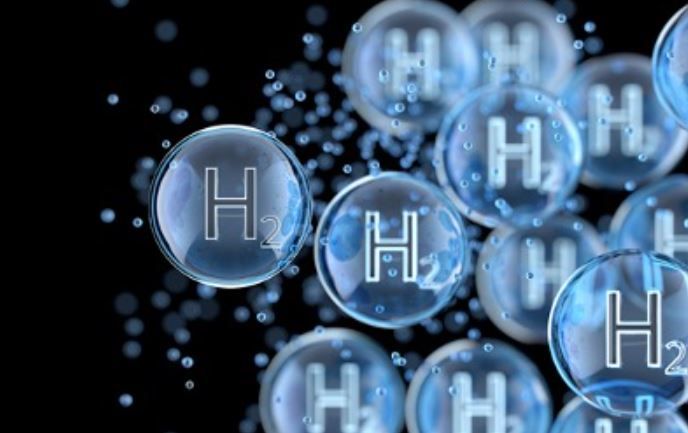Xcel Energy’s plans to establish a significant hydrogen production hub in Minnesota may be jeopardized by preliminary federal tax credit rules.
The Minneapolis-based company argues that these rules could substantially slow the development of a hydrogen economy. The disagreement primarily stems from whether Xcel could qualify for credits by utilizing unused wind power and one of its nuclear plants to create hydrogen.
Xcel Energy is part of the “Heartland Hydrogen Hub,” which includes North Dakota, South Dakota, Wisconsin, and Montana. The hub was chosen last year for $7 billion in federal funding from the bipartisan 2021 infrastructure law. There is a potential to receive as much as $925 million, but the group has to negotiate a plan with the federal government. However, Xcel and other Hub organizers have voiced concerns that limitations on the separate 10-year tax credits from the 2022 Inflation Reduction Act could be a dealbreaker making hydrogen projects uncompetitive.
Under preliminary rules for the “45V” credit, hydrogen produced from carbon-free power sources would only qualify for the tax credit if operations began within three years before the hydrogen facility’s inauguration. These regulations might affect Xcel’s plans, limiting its hopes of using power from existing wind farms otherwise going unused and ruling out Xcel’s nuclear plants which opened in the 1970s.
Many environmental organizations support Treasury guidance on using existing power, arguing that using existing power sources on the grid to produce hydrogen would increase carbon emissions. They also cast doubt on the idea that nuclear plants are ready to close but for the hydrogen tax credit. In a joint letter to Treasury, they expressed concerns that renewable energy diverted for hydrogen production would be replaced by pollution-intensive energy sources.
